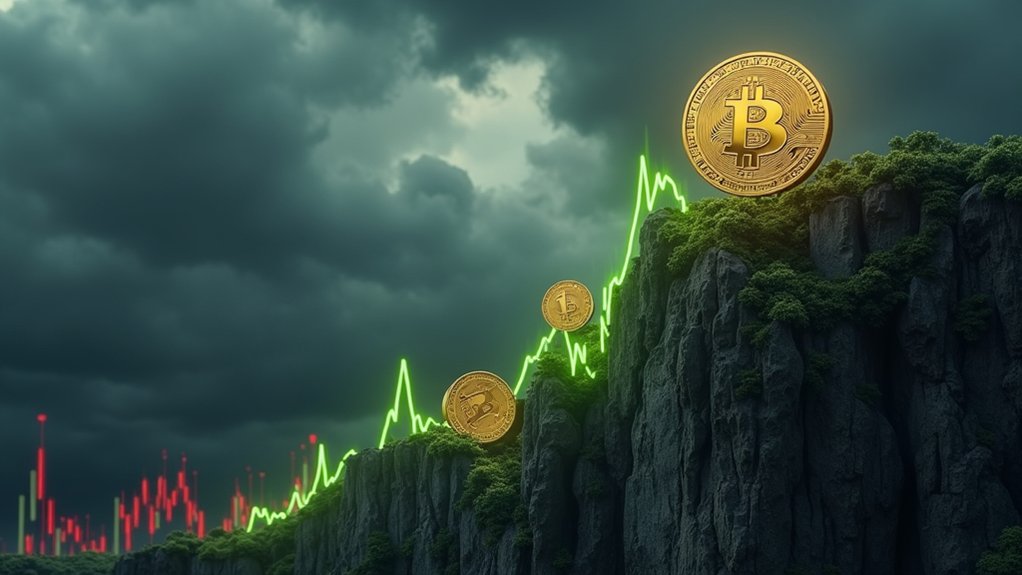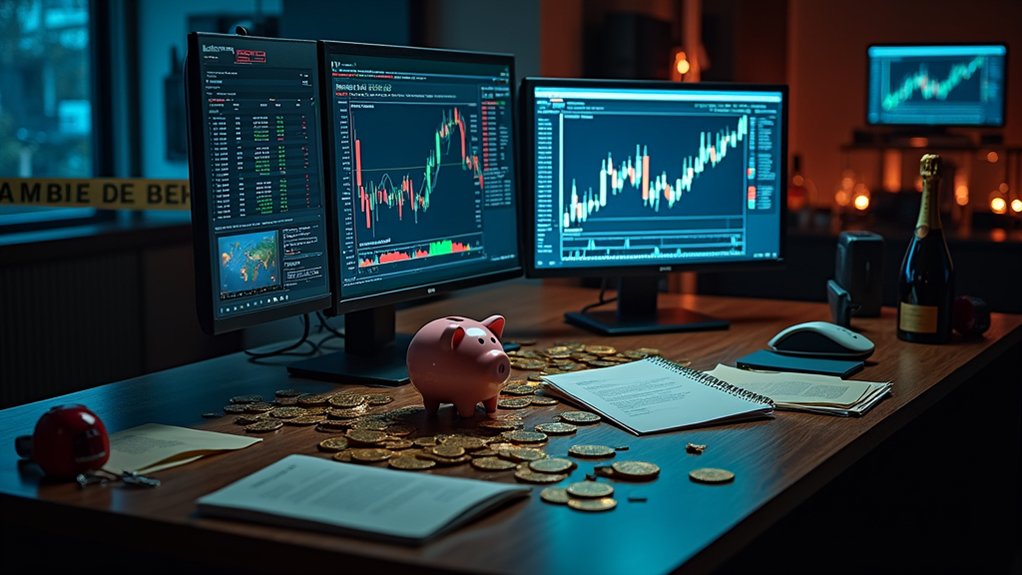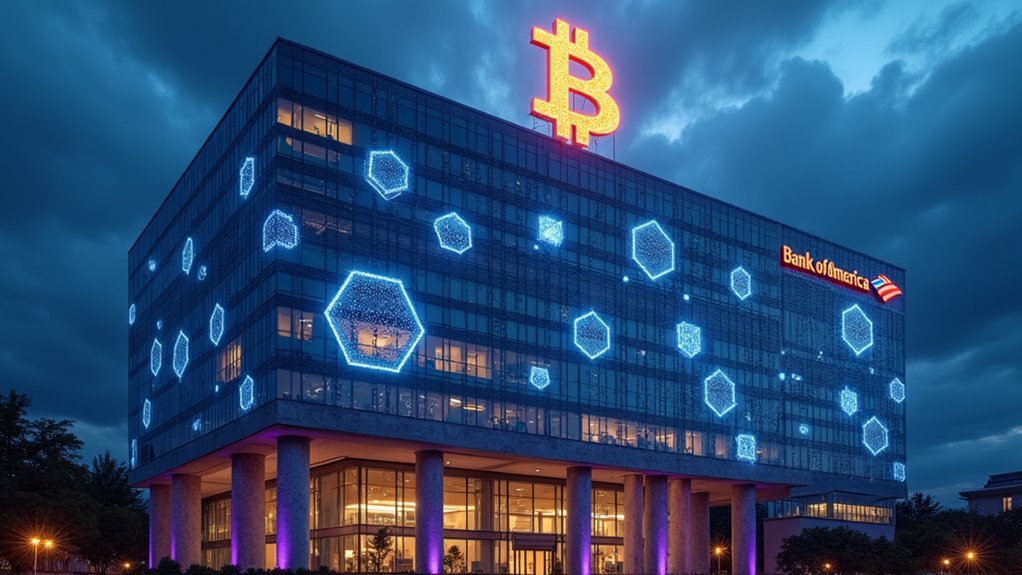Every time Bitcoin dips, panic sellers throw in the towel while savvy investors quietly load up. It’s become a predictable dance in the crypto world. Markets get jittery, Bitcoin takes a hit, and suddenly everyone’s losing their minds.
When markets panic, emotional traders flee while the smart money silently accumulates. This crypto choreography never fails.
But here’s the kicker: history doesn’t lie. After these notable declines, Bitcoin has averaged a stunning 190% return.
The pattern has a name—”Dip Then Rip.” Pretty self-explanatory. Bitcoin falls, then absolutely tears upward. Recent tariff concerns have battered the cryptocurrency over the past month, pushing short-term price targets down despite long-term optimism. This economic uncertainty has temporarily amplified Bitcoin’s riskiness in the eyes of cautious investors. When the S&P 500 drops 2%, Bitcoin typically falls 2.6%. Not exactly subtle.
Meanwhile, institutional players are making big moves. BlackRock’s Bitcoin ETF just recorded its highest single-day inflows. New Bitcoin whales have accumulated over 1 million BTC since November, and long-term holders added 167,000 BTC—that’s $14 billion—in the past month alone. Smart money isn’t running scared. They’re buying. The limited supply cap of Bitcoin’s 21 million coins makes these large institutional purchases particularly significant for future valuation.
The technical picture shows Bitcoin currently trading between $81,000 and $84,000, with resistance at the 200-day Simple Moving Average around $84,000. Support sits at $80,000, with a potential drop to $75,000 looming. Daily charts show oversold conditions—ironically, a bullish signal.
Bitwise’s CIO remains wildly optimistic, projecting Bitcoin could hit $1.1 million by 2029, with a possible $200,000 price tag by the end of 2025 if economic stimulation kicks in. The current market chaos has actually increased Bitwise’s bullish sentiment regarding Bitcoin’s potential for explosive upside. Current net present value estimates hover around $122,633, though this fluctuates with the “discount factor” as market uncertainty rises.
The upcoming FOMC meeting will likely sway prices in the near term. But the bigger story? Bitcoin’s emerging role as a hedge against political and economic chaos. When things stabilize, that’s when the “rip” typically happens.
And if history repeats, it could be spectacular. Buckle up.





